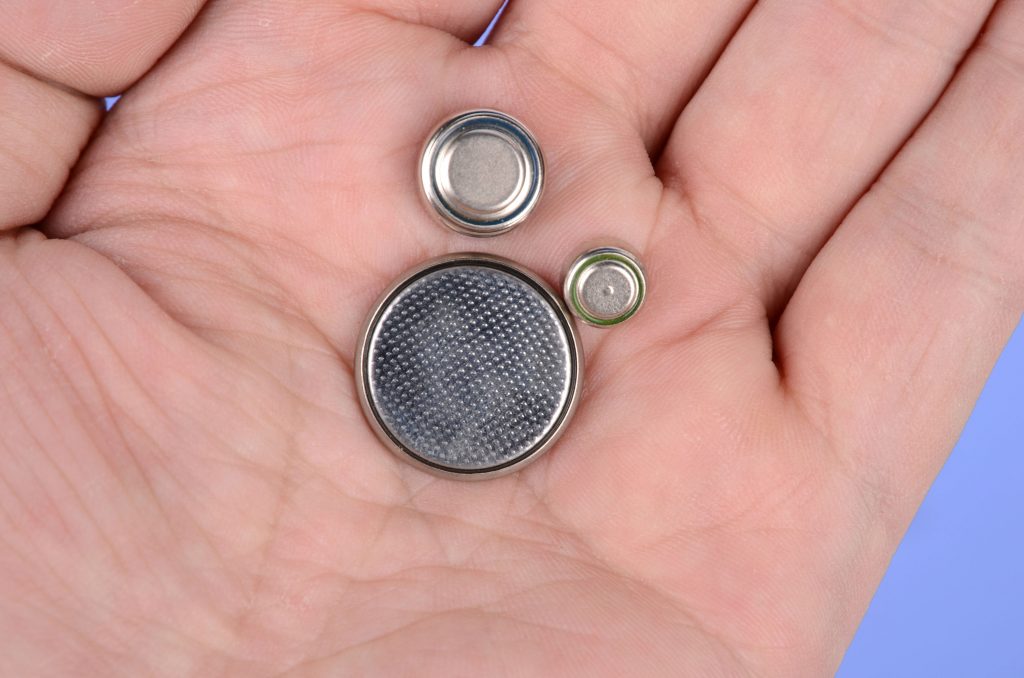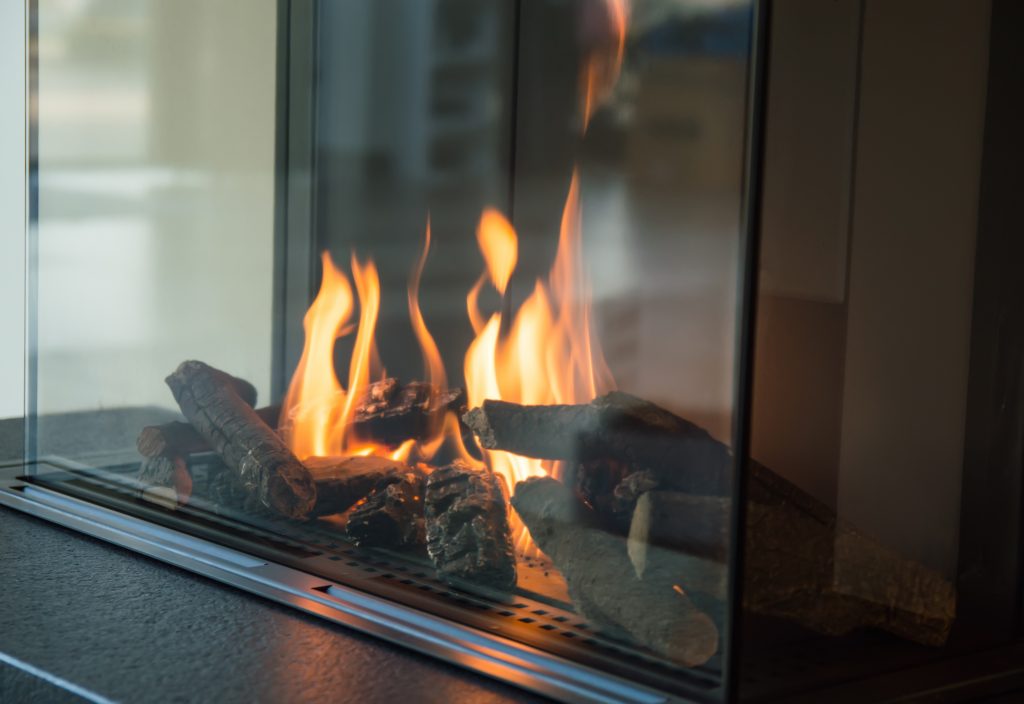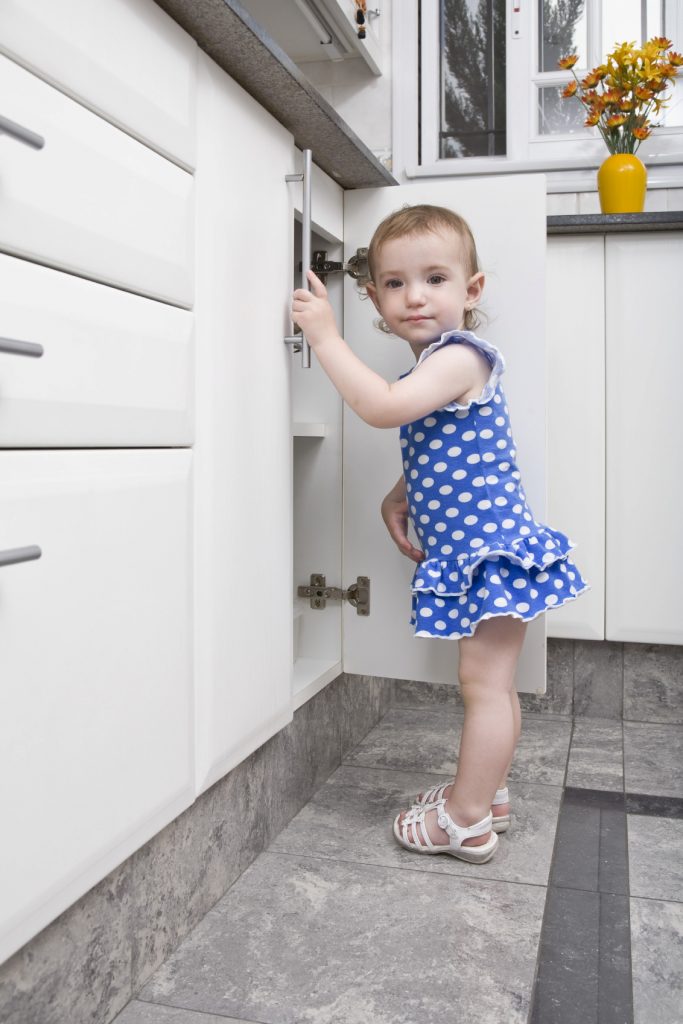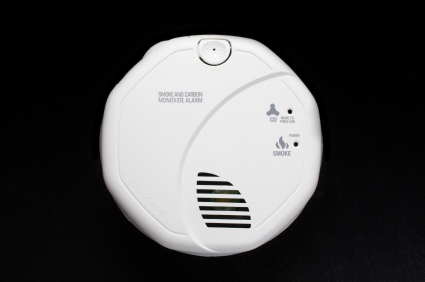Button batteries
Be aware of where button batteries are in your home.

- Button batteries are used in many different products, including toys, electronics, car fobs, hearing aids and greeting cards.
- When you buy products, look for ones with secure battery compartments, for example, where the battery compartment is sealed with screws.
Keep batteries away from young children.
- Store all batteries up high and locked, out of reach and sight. This applies when you are disposing of batteries as well. Even “dead” batteries are dangerous.
- Check product battery compartments periodically to ensure they remain secure and can’t be easily opened.
- Consider putting tape over battery compartments as an extra layer children need to go through to get to the battery.
Act quickly if you think your child may have swallowed a battery.
- Children may swallow a battery or insert one in their mouth, nose or ears. Not only is choking a concern: the acid in batteries can cause serious damage to a child’s body.
- Go to the emergency department immediately. Batteries can seriously harm a child within two hours. Be sure to communicate that the child has, or you think they have, ingested or inserted a button battery.
- While getting to the emergency department, if your child has swallowed a battery, give your child honey to swallow. Give them 10 ml (2 teaspoons) every 10 minutes for up to six doses. Stop at any point if your child is unable to swallow. Doctors recommend honey because it coats the battery and helps reduce the damage the battery can cause.
Fireplaces
Keep your child away from fireplaces.

- The glass barrier on your fireplace can heat up to over 200°C (400°F).
- For gas fireplaces, this can occur in about six minutes during use.
- It takes an average of 45 minutes for the gas fireplace to cool to a safe temperature, after the gas fire is switched off.
Place a barrier around your fireplace.
- Install safety gates around the fireplace or at doorways to the room that has the fireplace.
- Young children under five years of age, and especially those under two years, are most at risk. When young children are first beginning to walk, they often fall. Hands and fingers are burned on the glass and metal parts of the fireplace as young children raise their arms to stop their fall. Also, young children are attracted to the flames and want to touch them.
Supervise your child.
Never leave a young child alone near a fireplace: they can be burned before, during, and after use of the fireplace.
Teach children about the dangers of fire.
However, teaching alone will not prevent your child from an injury. Young children, especially toddlers, can know a safety rule but will not necessarily follow it.
Locks and latches

Check your locks and latches and replace them when necessary.
Locks and latches need to be changed as your child grows and starts to become more active and better at opening locks. Latches should be checked periodically as mechanisms can break down when used often. This is especially true of plastic locks.
Place locks and latches effectively.
Locks and latches fit more effectively if there is a lip on the underside of the cabinets and drawers to hook on to. If your cabinet does not have a lip, place a lock around the handles on the outside of the cabinet instead. Placing latches on cabinet or furniture drawers also will prevent your child from using the drawers to climb up onto counter tops and furniture.
Poison prevention
Keep all potential poisons locked up and out of reach of children.
As your child grows, they become increasingly active and can more easily reach and open cabinets. Medicines, cleaning products and other poisons need to be locked in a place high up and out of your child’s reach. Visit our poison prevention page for safety tips.
Smoke and carbon monoxide detectors
Install smoke detectors on every level of the home and in each sleeping area.

The risk of fire-related deaths is much higher in homes without smoke detectors than those with smoke detectors. Most children who died in residential fires were in homes without smoke detectors or without working smoke detectors. Learn about installing and maintaining smoke alarms.
Carbon monoxide detectors can save your child’s life.
Carbon monoxide is a colourless, odourless, toxic gas. Breathing this gas can cause a coma or death. A carbon monoxide detector can alert your family to the presence of the gas in your home. Visit our page on carbon monoxide poisoning for more information.
Televisions and heavy furniture
There are hundreds of incidents of furniture tipping over onto children under 10 each year in Canada. More than 70 per cent of the reported incidents happened to children between one and three years of age.”
Health Canada
Televisions and furniture, such as bookcases and dressers, are heavy and hard. If they fall on children, the impact can result in severe neck and head injuries, broken bones, crushed nerves and internal injuries.

Keep your televisions on low, sturdy furniture. TVs with bigger screens and smaller backs are heavy in the front, making them easier to tip over.
Use safety products to secure furniture and televisions. Anchors, angle-braces or furniture straps can be used to secure furniture and televisions to the wall.
Remind children not to climb on the furniture. Children love to climb and use furniture in creative ways, which can become very dangerous.
Window blind or curtain cords
Check out the important information on window blind cords in our choking, strangulation and suffocation prevention tips.